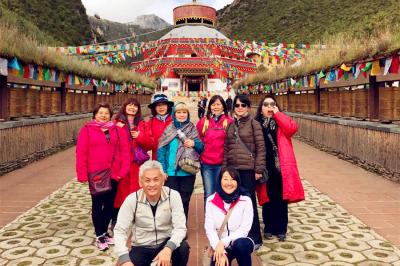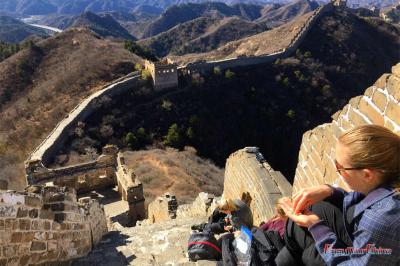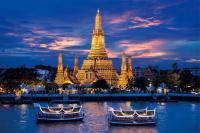798 Art Zone
People say that there’re 3 must-go places when travel to China, i.e. the Great Wall, Forbidden City and 798 Art Zone. The Great Wall and Forbidden City represent a traditional and ancient China, but 798 Art Zone is a fashionable and avant-garde place, which combines the industry and art, the past and present, the future of the "New China" and the unique meaning of the socialistic culture.
The 798 Art Zone was rated by Time Magazine of the United States as one of the 22 most culturally iconic urban art centers in the world.
There are at least 500 artists living in the 798 Art District or using it as their main art creation space. There are also artists from abroad, including France, the United States, Belgium, the Netherlands, Australia, South Korea and Singapore.
Beijing 798 Art Zone Facts
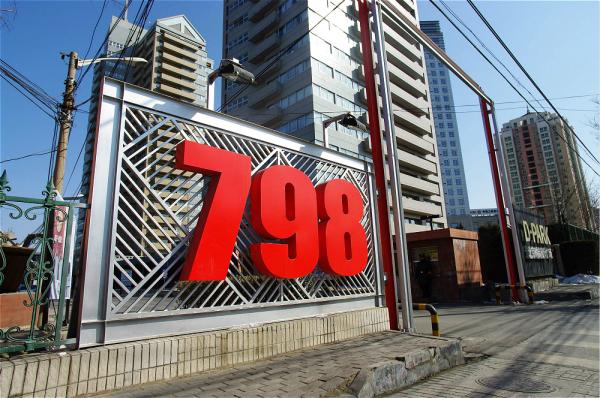
Brief Introduction
A landmark of Beijing's urban culture, 798 Art Zone is a part of Dashanzi in the Chaoyang District of Beijing that houses a thriving artistic community. It was disused and converted from a 50-year old electronics factory built by the East Germans, then converted into an art zone with many different galleries located in different sections of the compound.
And now, 798 Art Zone ranks as Beijing’s leading concentration of contemporary art galleries, often compared with New York's Greenwich Village or SoHo. From 2002, artists and cultural organizations began to divide, rent out, the factory spaces were re-made, and then gradually galleries, art centers, artists' studios, design companies, restaurants, and bars are developed into shape.
798 Art Zone brings contemporary art, architecture, and culture with a historically interesting location and an urban lifestyle together. Due to the important role it plays in art field, "798" has evolved into a cultural concept, of interest to experts and normal folk alike, influential on our concepts of both urban culture and living space.
What is 798?
There are various galleries here, including those from the United States, France, Germany, Belgium, Japan, and North Korea. It seems like a United Nations of culture and art. However, 798 Art Zone is positioned in China and incorporates unique Chinese elements.
Its artistic landscapes and elements cover China in the early days of the founding of the People's Republic of China, China during the construction period, China during the Cultural Revolution, and China during the period of reform and opening up.
Industry meets art, history meets future, so it shows contemporary Chinese culture.
Moreover, when we talk about 798, we are also talking about a lifestyle - the “798 Lifestyle”.
So don’t miss it on your Beijing travel with kids or art buffs. Immerse yourself in the unique art atmosphere and take incredible photos of 798 Art Zone.
>> Recommended 5-day Beijing Family Tour Package with 798
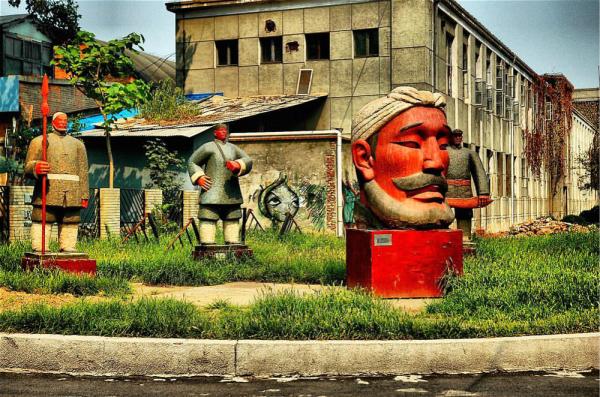
History - When and How 798 Art District Was Built
The 798 Art Zone is located at the former site of the Beijing North China Radio Equipment Factory, also known as the 718 Joint Factory, which was established during the First Five-Year Plan period of New China. The factory campus covers an area of 300,000 square meters and is in typical Bauhaus style. The famous female architect Zaha Hadid discovered that this is the only complete Bauhaus industrial complex left in the world. Construction began in 1954, and the factory was completed and started production in 1957.
The industrial area began to be rented out in 2000 as the original industries moved out. It was first used by teachers from the Central Academy of Fine Arts as a drawing room and workshop.
In February 2002, an American named Robert rented a Muslim canteen in 798 and opened an art bookstore as the first art institution to settle in 798. This was regarded as the beginning of the 798 Art Zone.
By the beginning of 2003, in less than a year, the number of galleries, bars, clothing stores, magazines, and other art or fashion business organizations in 798 had increased to about 40, with more than 30 artists' studios.
This old factory building in 798 has become a gathering place for artists' creations and formed the prototype of China's contemporary art district, thanks to its low rent, tall loft spaces inside, distinctive Bauhaus architectural style and proximity to the Central Academy of Fine Arts.
The first Beijing 798 Creative Culture Festival was held in 2006. And before the 2008 Olympic Games, New York's Pace Gallery moved into 798. By 2020, the 798 Art District has organized more than 2,000 exhibitions and other cultural activities annually.
>> Related reading: Which Are the Best Chinese Dynasties in Art
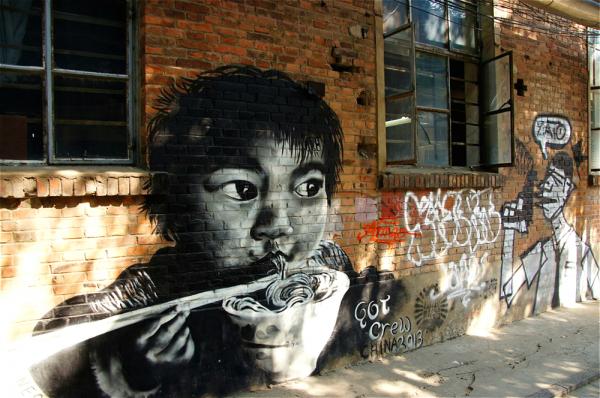
What to Do & See
798 Art Zone is the combination of idle factory buildings and modern art, an art distributing center of Beijing. The galleries, culture companies, bars and stores are flocking here, forming a multi-cultural space with strong artistic atmosphere.
As a new rising, avant-garde and trendy space that hosts high-level cultural, artistic and commercial activities,798 Art Zone has a 1300 square meters Exhibition Hall, holding more than 1000 guests with ease, as well as a 200 square meters lounge Room, bookstores and old factory bars. Various exhibitions are held here all year round. So to speak, 798 Art Zone is the biggest space that provide cultural, artistic and commercial activities in Beijing.
It holds art & culture activities in all areas like contemporary art exhibitions, communications, forums, multimedia exhibitions, experimental dramas, contemporary dances & concerts, etc., and high-level commercial activities like fashion shows, product launches, press conferences, social parties, meetings, fairs and all the other corporate services. It is popular with famous brands; Loreal Parias, Nike, Triumph and Dior have all held their Fashion show here.
If you are into art or want to see something different, 798 Art Zone is a great place to visit. I would like to recommend some highlights for you, like 798 Photo Gallery, Chinese Contemporary, AT CAFÉ, VINCENT CAFÉ (French), 798 Space, Long March Cultural Communication Centre, etc.
It is free to enter with marvelous street art and various wonderful art galleries (except some specific exhibition halls). Indeed, just wandering around the Arts District is a very nice activity, and I suggest you spend all day here or at least 4 hours, then you will find out that 798 Art Zone is truly full of interesting surprises.
>> Recommended 17-day China Honeymoon Vacation with 798 Art District
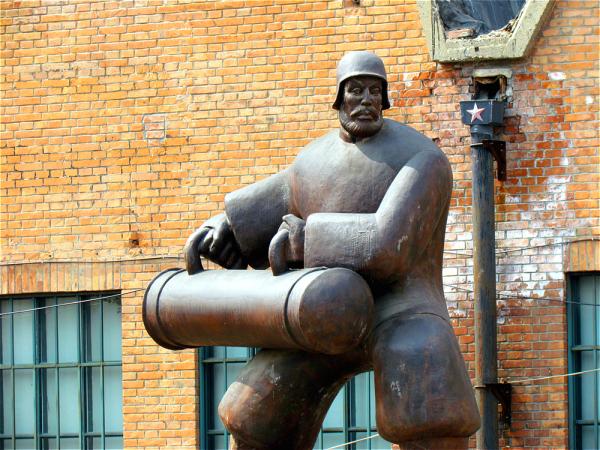
UCCA Ullens Center for Contemporary Art
As China's leading contemporary art institution, its main Beijing venue is located in the heart of the 798 Art District, occupying an area of approximately 10,000 square meters. Originally built in 1957 in a historic factory building, the site was completed in 2019 with the design of the venue under the auspices of the Dutch firm OMA (Office for Metropolitan Architecture).UCCA opened its doors in 2007 and is committed to promoting China's deeper participation in the global cultural and artistic climate through contemporary art.
Asian Art Center
Established in Taipei in 1982, it is a high-quality professional gallery. In 2007, it officially moved into the 798 Art Zone in Beijing. It covers an area of approximately 1,000 square meters and was renovated on the basis of the Bauhaus-style factory built in the late 1950s, integrating contemporary art to present a unique artistic atmosphere.
Pace Beijing
Located in the heart of 798 Art District, Pace Beijing occupies an area of nearly 2,500 square meters, making it one of the largest spatial buildings in the park. Pace Beijing's pavilion, a large 1960s sawtooth Bauhaus-style factory building, was remodeled by architect Richard de Gluckman, retaining the original architectural form while presenting a modern twist. 2008 Pace Beijing's inaugural exhibition - “Encounters” brought together portrait masterpieces by top artists from the East and West, including Andy Warhol, Alex Katz, Chuck Close, Li Songsong, Liu Wei, and many others.
Locomotive Square
The 751 Art District is part of the 798 Art District, and the locomotive is the landmark of the 751 Art District. This old locomotive was built by Tangshan Locomotive Manufacturing Factory in the early 1970s.
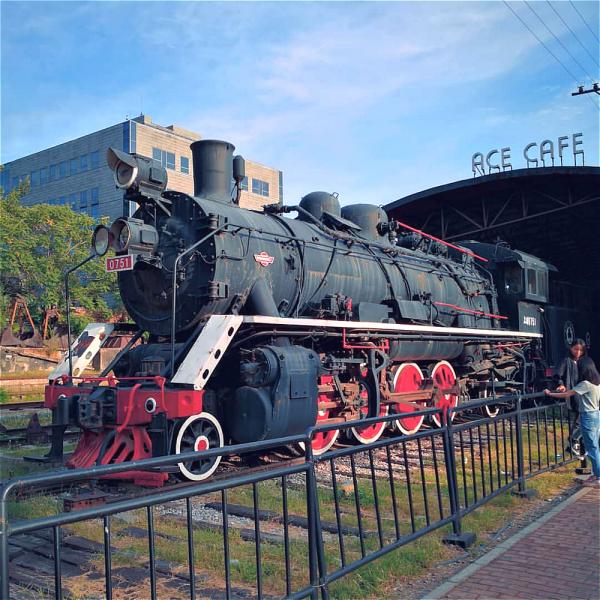
Power Square
Like Locomotive Square, it is also in the 751 Art District. Rows of tall cracking furnaces and iron towers are rusty. The crisscrossing pipes, huge generating tanks and tall chimneys become colorful under the illumination of a hundred lights.
Beijing Germany Cultural Ctr Goethe
The Goethe-Institut Beijing was founded in 1988 as the first foreign cultural center in China. With its multinational cultural expertise, the Goethe-Institut Beijing has for many years organized numerous cultural events with Chinese partners in the fields of music, theater, dance, cinema, art, architecture and many other areas.
GALLERIA CONTINUA
GALLERIA CONTINUA, as one of the top twenty most important galleries in the world at present, was founded in 1990 in the small Tuscan town of SAN Gimignano, Italy, by three friends - Mario Cristiani, Lorenzo Fiaschi and Mauricio Regolo. Subsequently, its new location was officially established in the 798 Art Zone in Beijing in 2004.
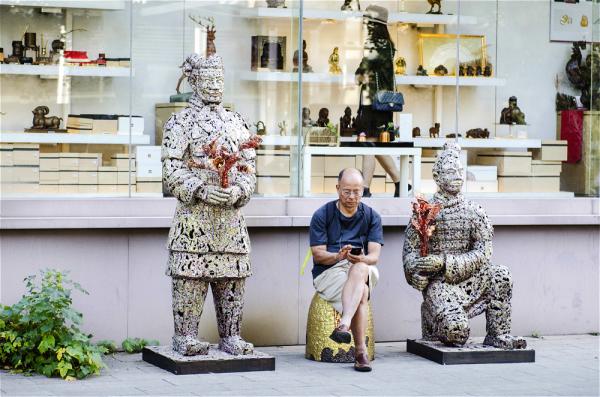
How to Get to 798 Art Zone
By Bus: Take bus 401, 402, 405, 445, 909, 946, 955, 973, 988 or 991, and get off at the South Station of Dashanzi Road.
By Subway: Take Subway Line 10 to Liangmaqiao Station Exit C and transfer to No. 402, 405 or 909. Take Metro Line 1 to Sihui Station and transfer to No. 402 or 405. Take Metro Line 15 to Wangjing Station and transfer to No. 445.
By Car: Take the Fourth Ring Road to Dashanzi Roundabout and get on Jiuxianqiao Road. Then enter 798 from Entrance 2 or Entrance 4 of Jiuxianqiao Road. Parking is available in the factory.
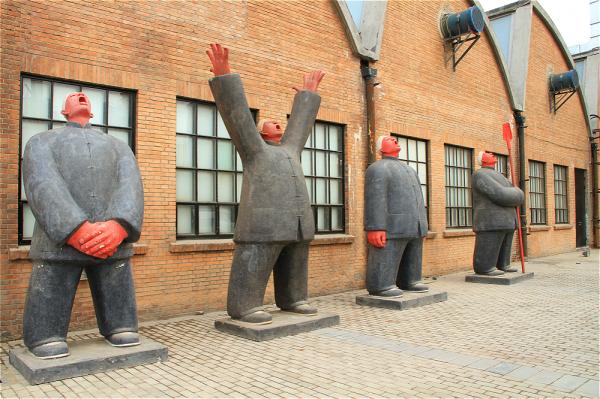
Travel Tips
1. Most exhibitions are on view from 10:00-18:00, and most galleries are closed on Monday.
2. When night falls, the 798 Art Zone will look sort of dark.
3. It will take you a little time to wander around the 798 Art Zone, so if you want to have a clear route guidance, you’d better buy a map at bars or galleries.
Experience the 798 Art Zone with Easy Tour China
When you are planning a trip to Beijing, whether you opt to visit the ancient Great Wall or Forbidden City and take a rickshaw through hutong or enjoy a modern art trip to 798, we can customize a Beijing itinerary. Below are some recommended China tour packages including 798 Art Zone.
More Attractions in Beijing
